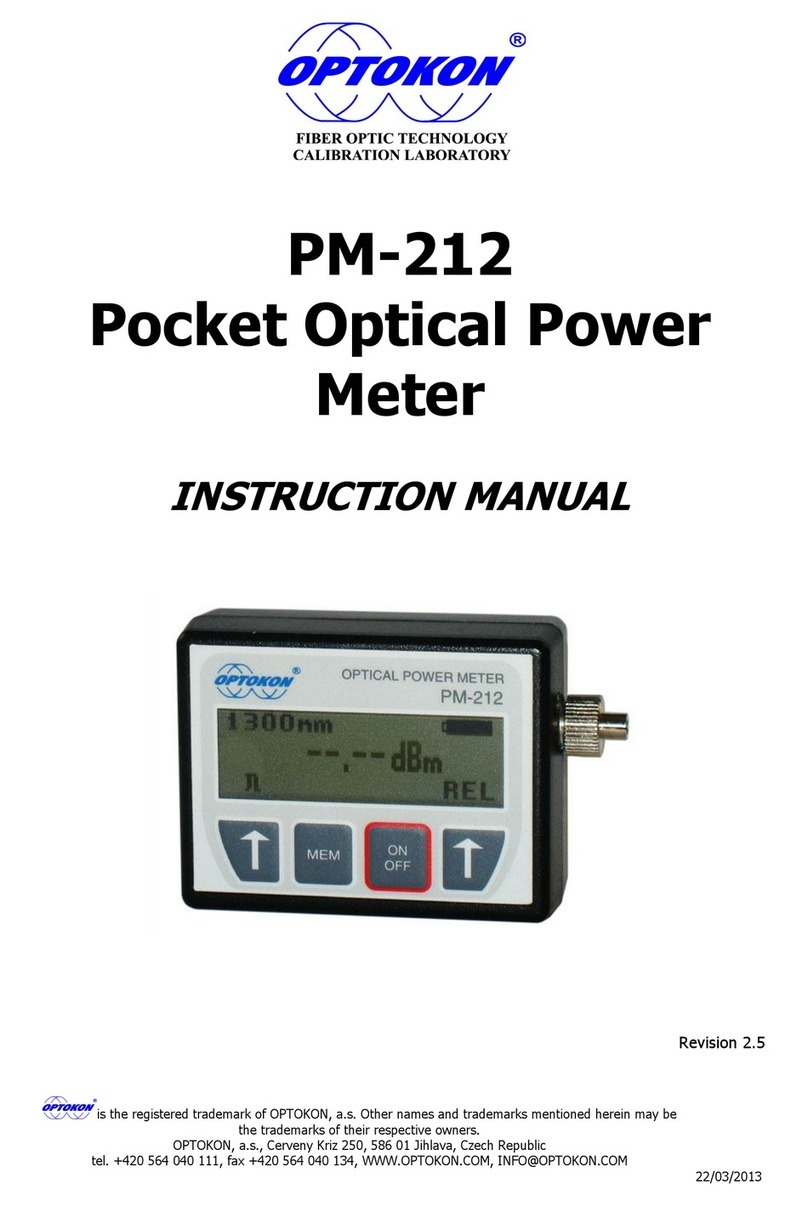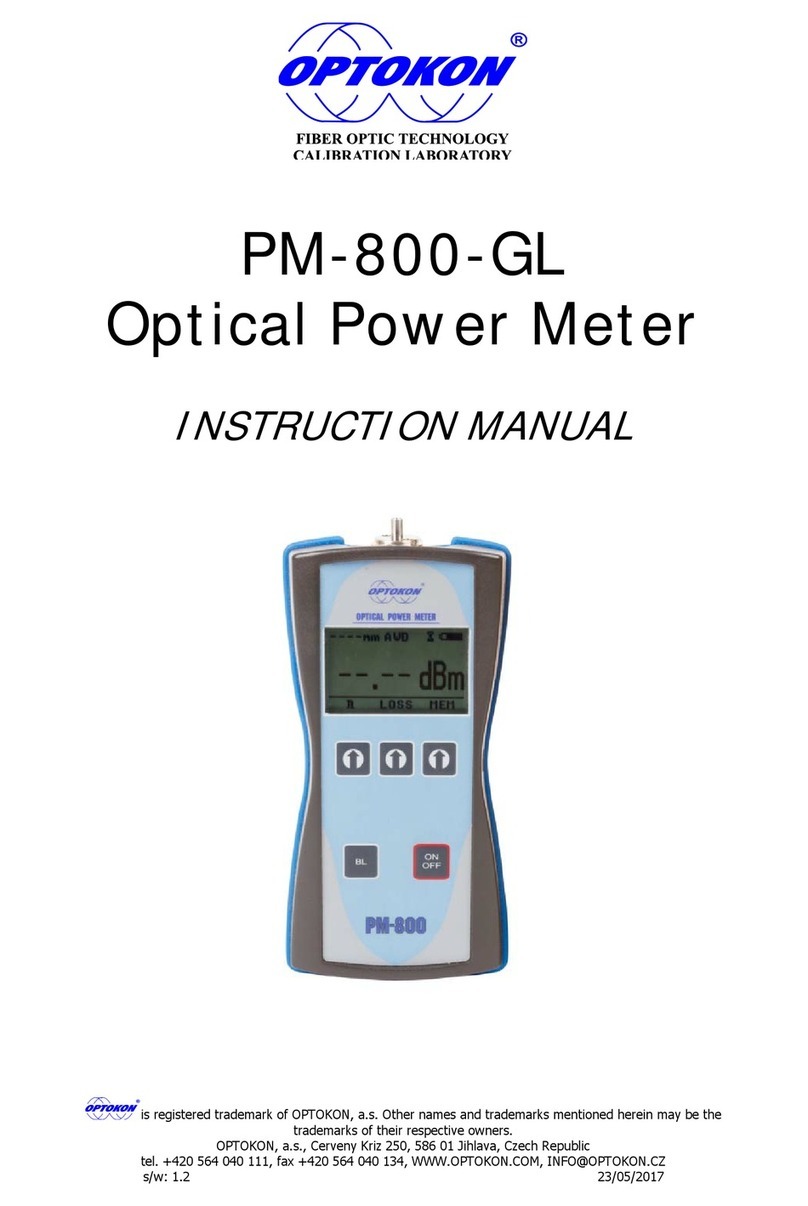PM-215 –GL INSTRUCTION MANUAL
3
Contents
1. Introduction.................................................................................................. 4
2. Features........................................................................................................4
3. Application .................................................................................................... 4
4. Accessories ...................................................................................................5
4.1 Standard .................................................................................................5
4.2 Optional .................................................................................................. 5
5. Specifications ................................................................................................6
6. Safety information.........................................................................................6
7. Maintenance..................................................................................................6
7.1 Battery care.............................................................................................6
7.2 Instrument care.......................................................................................7
7.3 Optical connector care.............................................................................. 7
8. Instrument and button function description.....................................................8
8.1 Operating keys.........................................................................................9
8.1.1 [OFF]................................................................................................ 9
8.1.2 [MEM]............................................................................................. 10
8.1.3Menu #1: Absolute power measurement mode [REL] and [λ]............. 10
8.1.4 Menu #2 – Relative power measurement mode................................. 10
9. Working with the internal memory................................................................ 11
9.1 SAVE RESULT ........................................................................................ 12
9.2 VIEW RESULTS...................................................................................... 12
9.3 UPLOAD RESULTS.................................................................................. 13
9.4 ERASE RESULTS .................................................................................... 15
10. Insertion Loss Measurement...................................................................... 15
10.1 Basic theory........................................................................................ 15
10.2 Method 6............................................................................................ 16
10.2.1 Setting the reference........................................................................ 16
10.2.2 Measurement Loss........................................................................... 17
10.3 Method 7............................................................................................ 17
10.3.1 Setting the reference........................................................................ 17
10.3.2 Measurement Loss........................................................................... 18
11. Power loss and decibels............................................................................. 19
12. Calibration, service center.......................................................................... 20






























